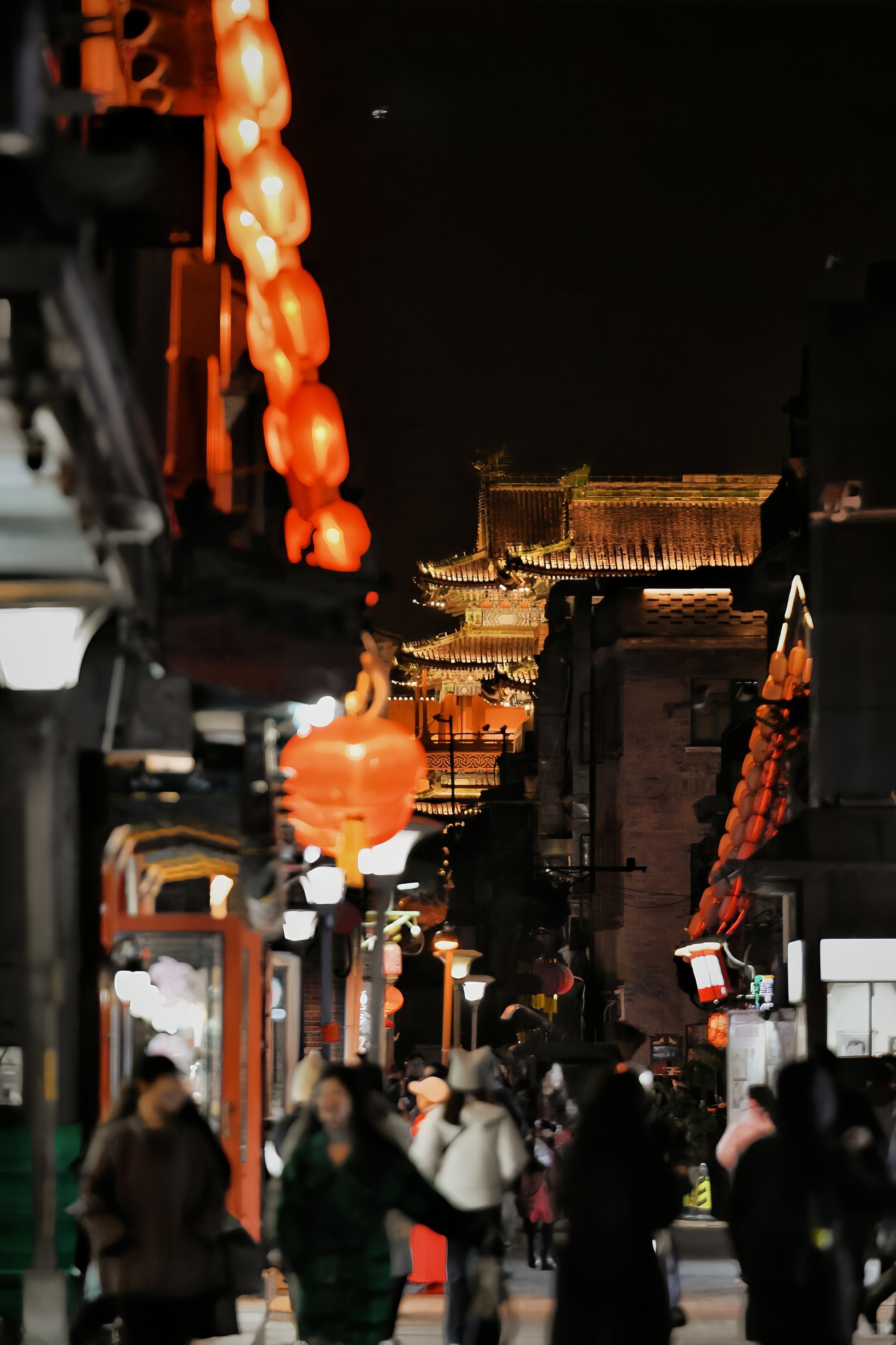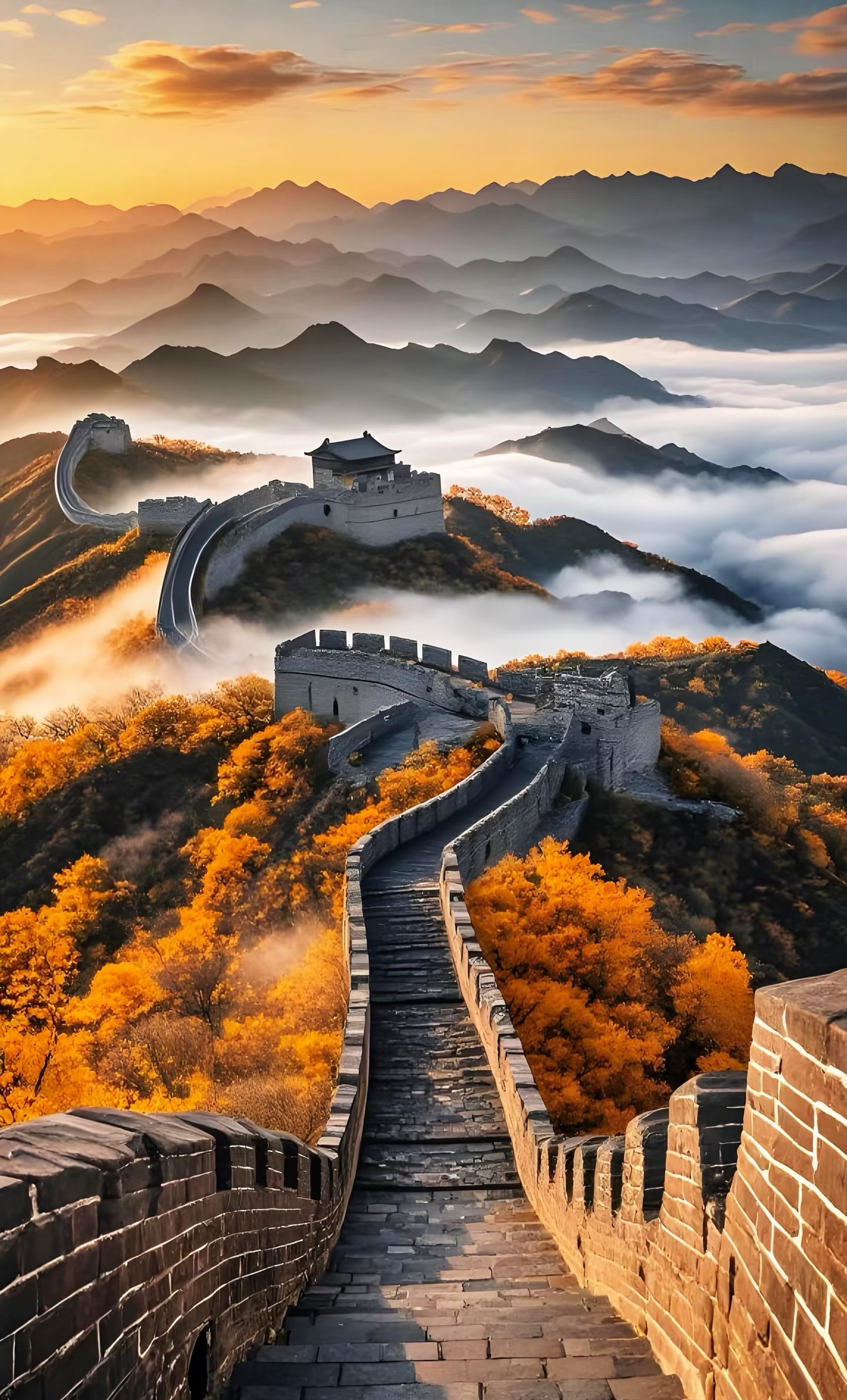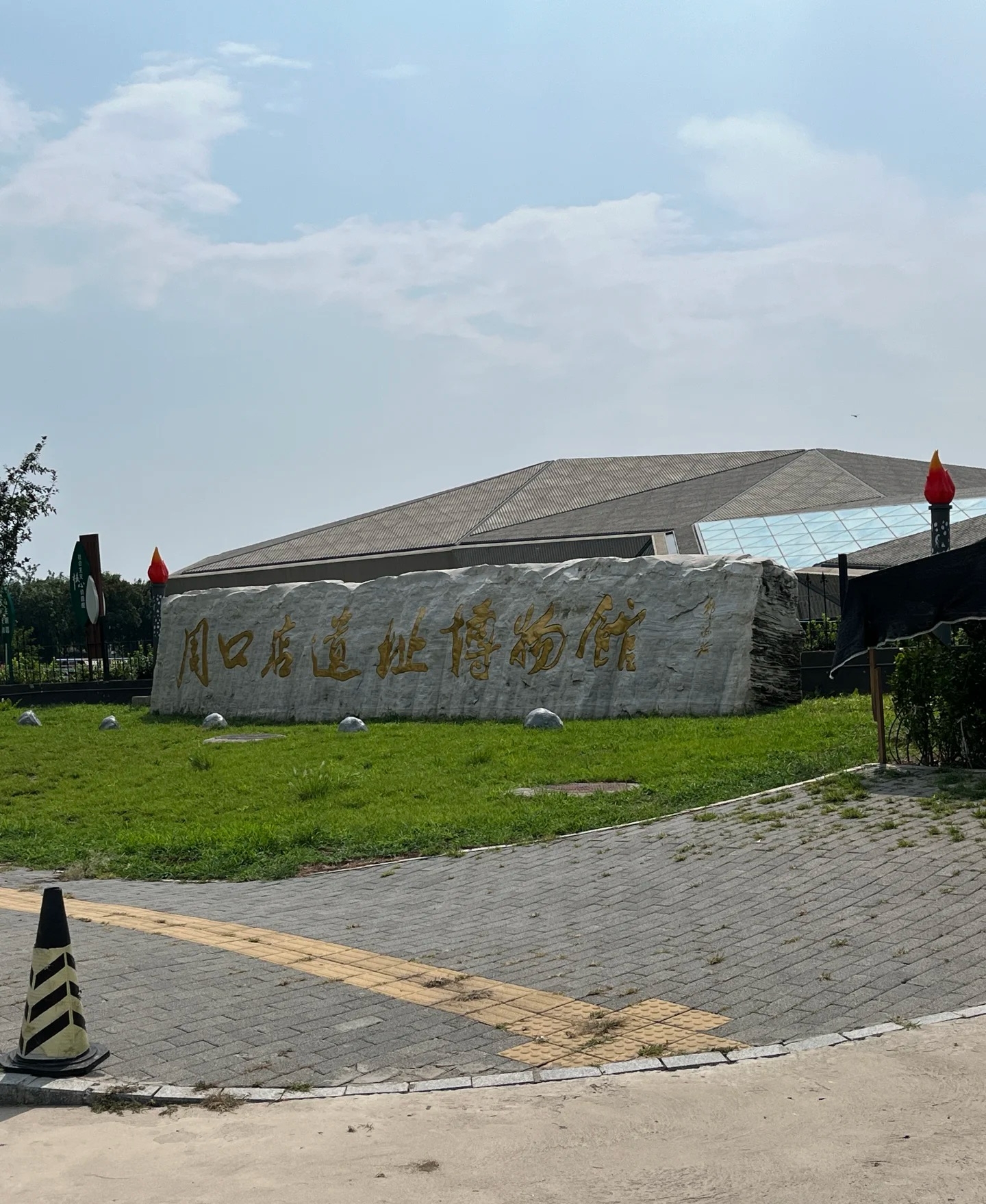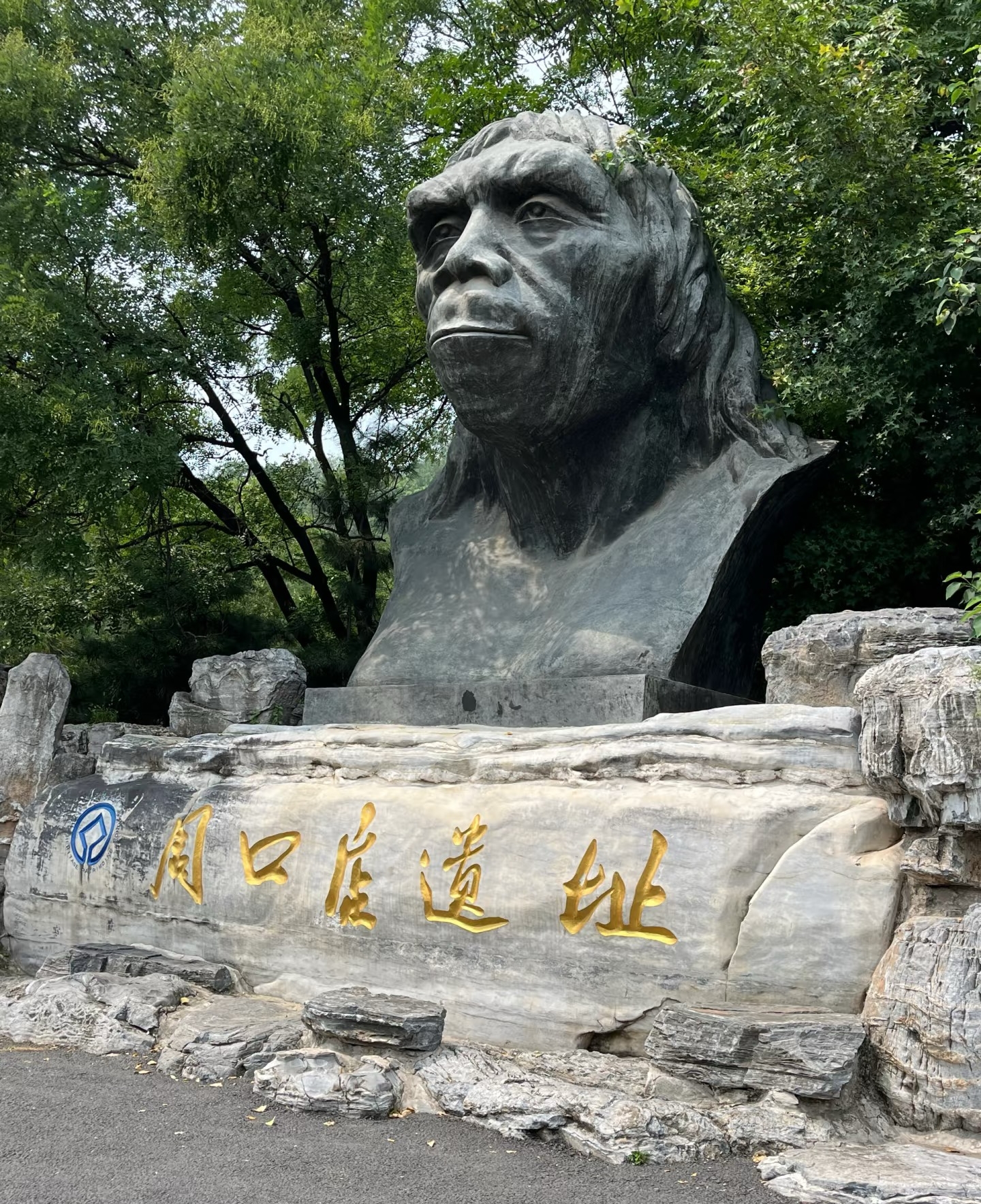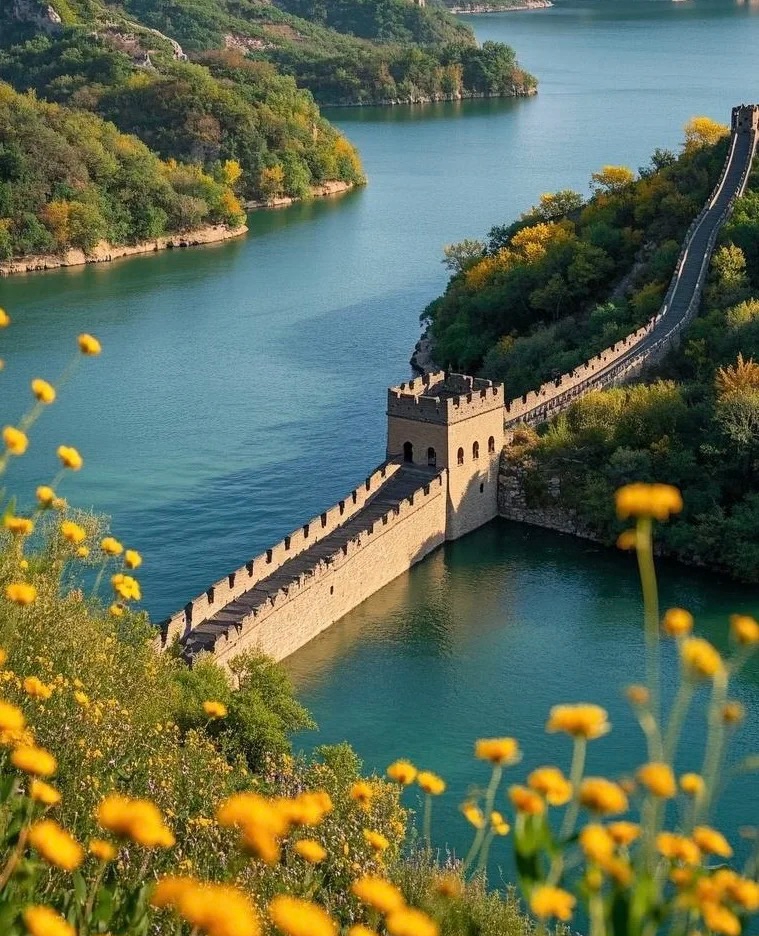

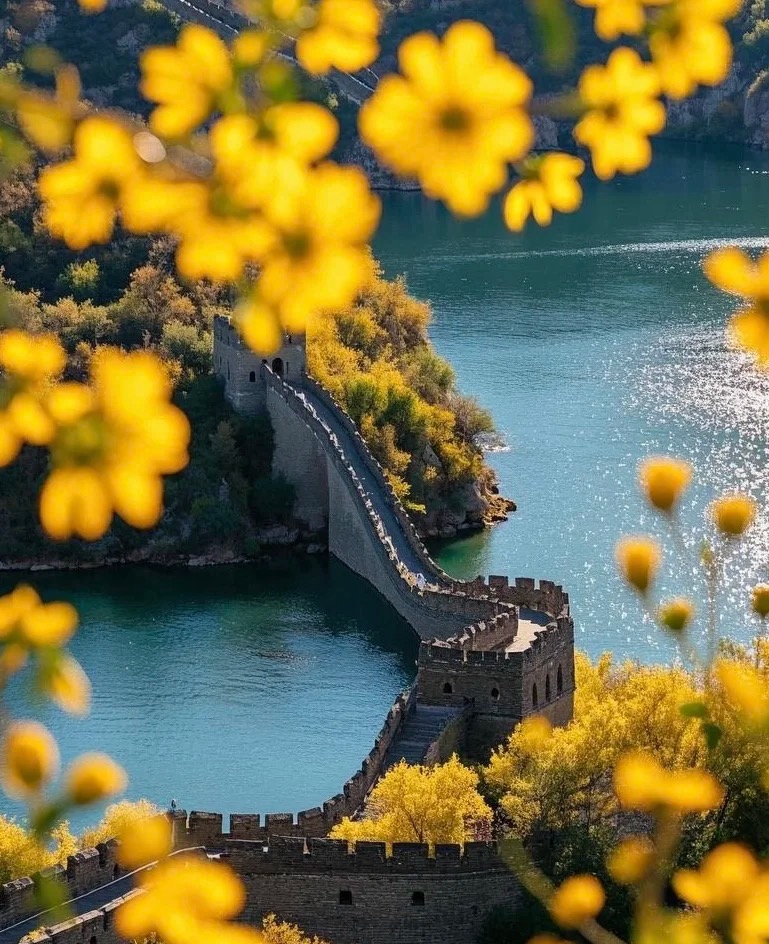
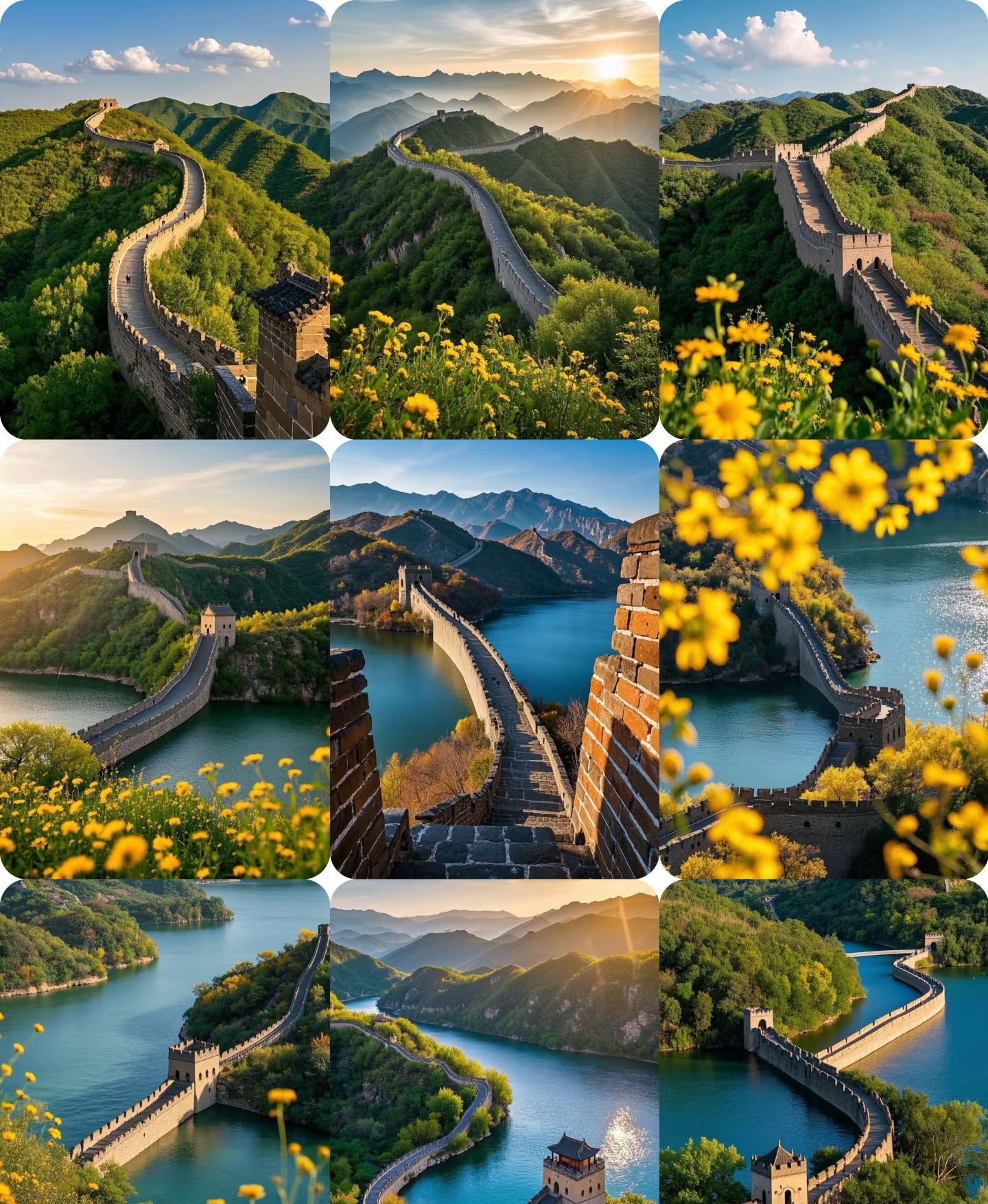
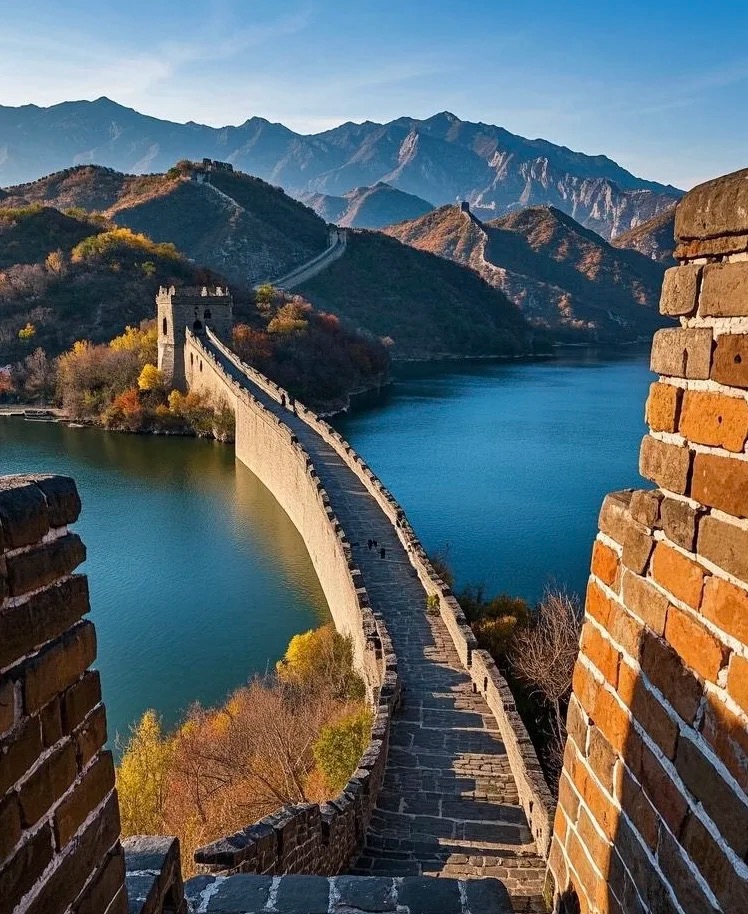
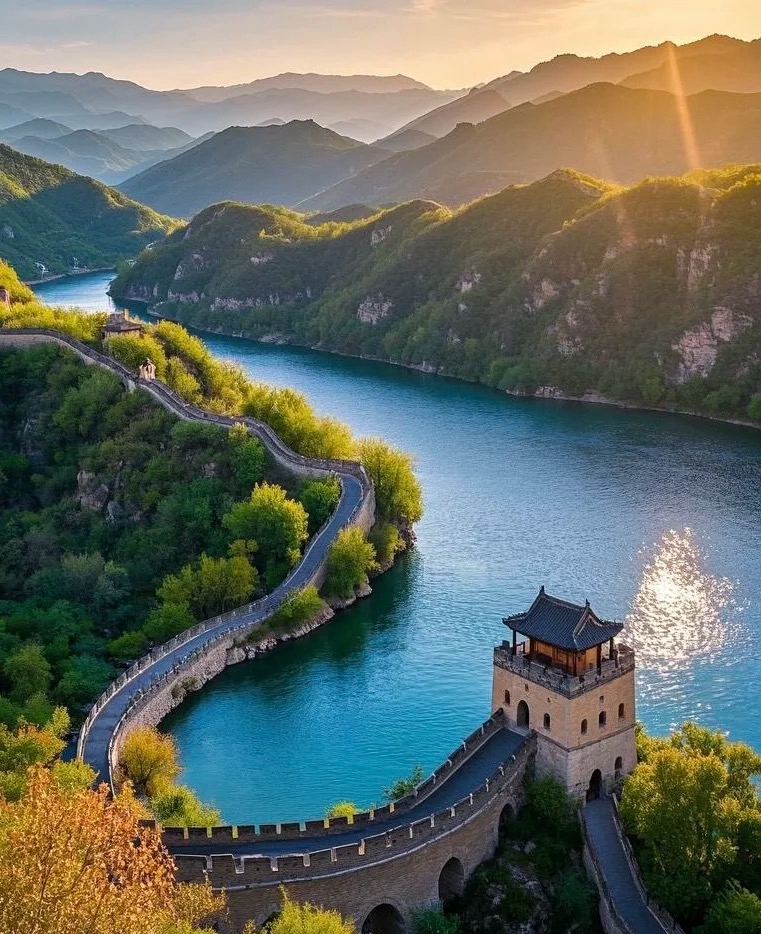
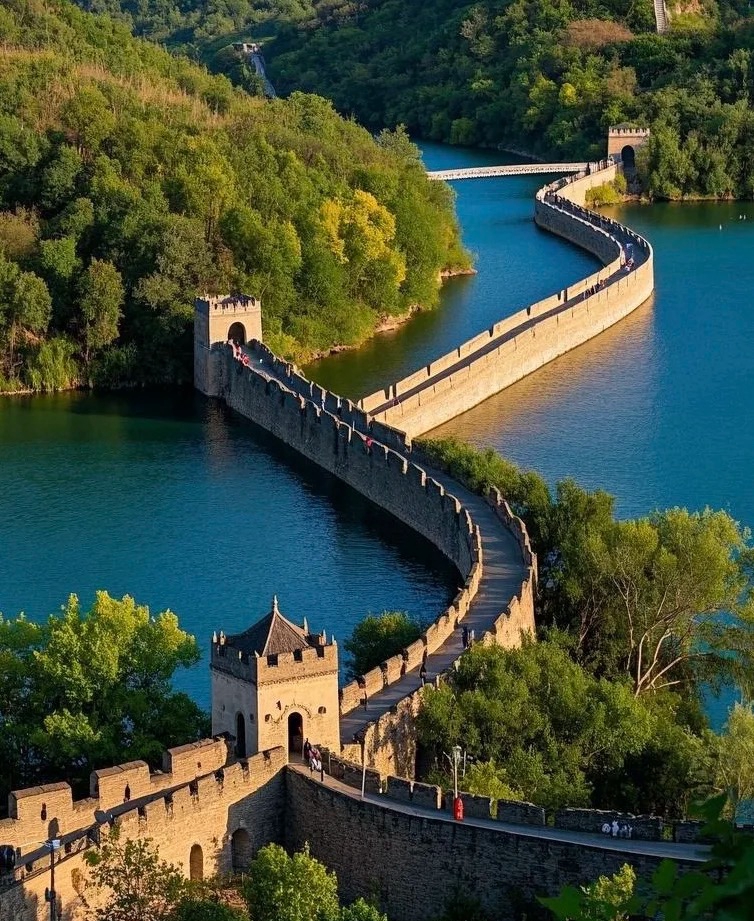
Huanghuacheng Water Great Wall
Huanghuacheng, also known as the "Water Great Wall," is a unique section of the Great Wall located about 70 kilometers north of Beijing. Built during the Ming Dynasty, this section is famous for its picturesque setting where parts of the wall are submerged in the Xishuiyu Reservoir, creating a stunning combination of mountains, water, and ancient architecture. The area is also known for its beautiful wild flowers, particularly yellow flowers that bloom in summer, giving the section its name "Yellow Flower Wall."
Information
Ticket price
Time
Location
Jiuduhe Town, Huairou District, Beijing, China
View maps
More about the trip
Huanghuacheng Water Great Wall: A Unique Blend of Wall, Water, and Mountains
Huanghuacheng, also known as the "Water Great Wall," is a unique section of the Great Wall located about 70 kilometers north of Beijing. Built during the Ming Dynasty, this section is famous for its picturesque setting where parts of the wall are submerged in the Xishuiyu Reservoir, creating a stunning combination of mountains, water, and ancient architecture. The area is also known for its beautiful wild flowers, particularly yellow flowers that bloom in summer, giving the section its name "Yellow Flower Wall." It offers a tranquil and scenic alternative to the more crowded sections of the Great Wall.
What to See and Do
Submerged Great Wall: Witness the unique sight of sections of the Great Wall submerged in the reservoir, creating a dramatic and picturesque landscape. You can take a boat ride on the reservoir to get closer to these sections.
Hiking on the Wall: Hike along the restored and unrestored sections of the Great Wall that wind through the mountains. The trails offer varying levels of difficulty and provide stunning views of the reservoir and surrounding nature.
Lakeside Activities: Enjoy various lakeside activities, such as boating, fishing, and picnicking. The tranquil waters provide a peaceful environment for relaxation.
Yellow Flowers: If you visit in summer, you'll see the wild yellow flowers (huanghua) that give the area its name, adding a splash of color to the landscape.
Chestnut Trees: The area is also known for its ancient chestnut trees, some dating back to the Ming Dynasty, which were planted by soldiers guarding the wall.
Best Time to Visit
Spring and autumn offer the most pleasant weather for hiking and outdoor activities. Summer is also popular for the yellow flowers and water activities. Avoid major Chinese public holidays to escape the crowds.
How to Get There
Huanghuacheng Water Great Wall is located in Huairou District. You can take Bus 916 Express from Dongzhimen Bus Station in Beijing to Huairou, and then transfer to a local bus (e.g., H21) or a taxi to the scenic area. A taxi or ride-hailing service is also convenient.
Travel Tips
Wear comfortable shoes: You'll be doing a lot of walking and potentially some climbing.
Bring water and snacks: Especially if you plan a longer hike.
Sun protection: Bring a hat, sunglasses, and sunscreen for outdoor areas.
Photography: The unique combination of wall, water, and mountains offers fantastic photo opportunities.

